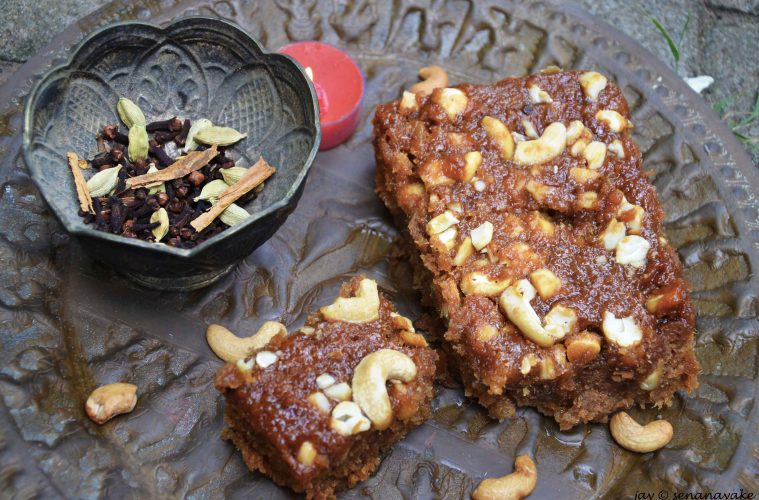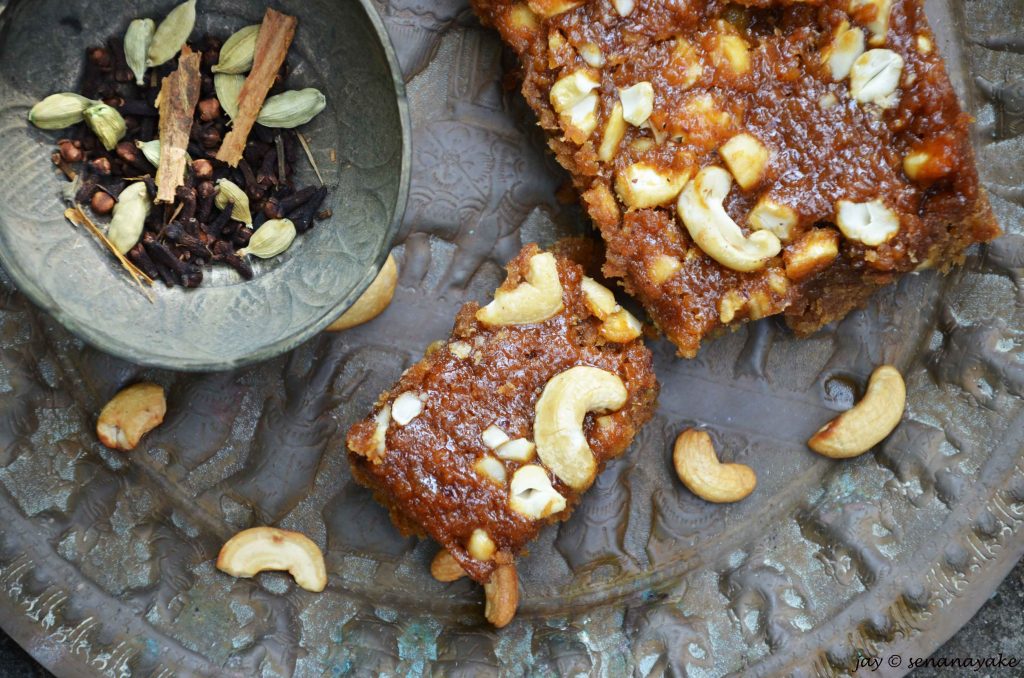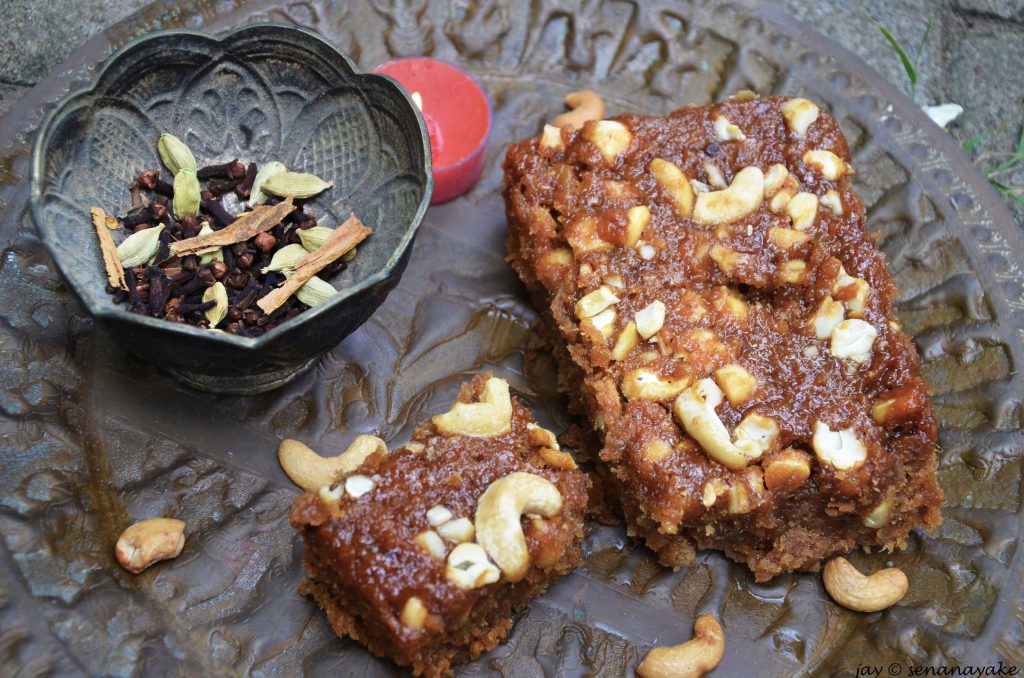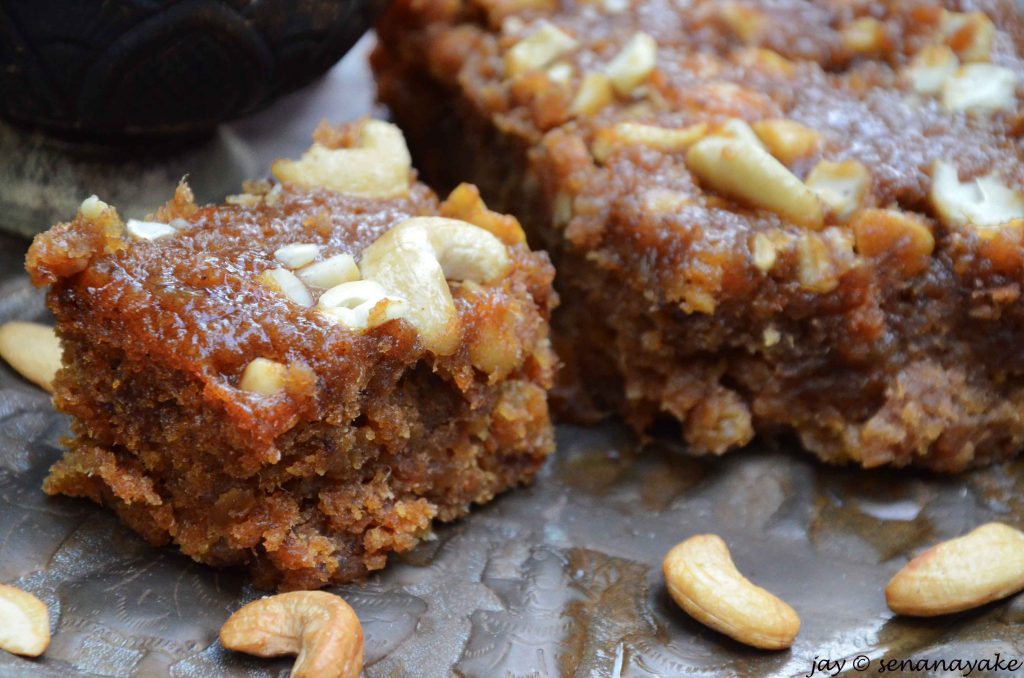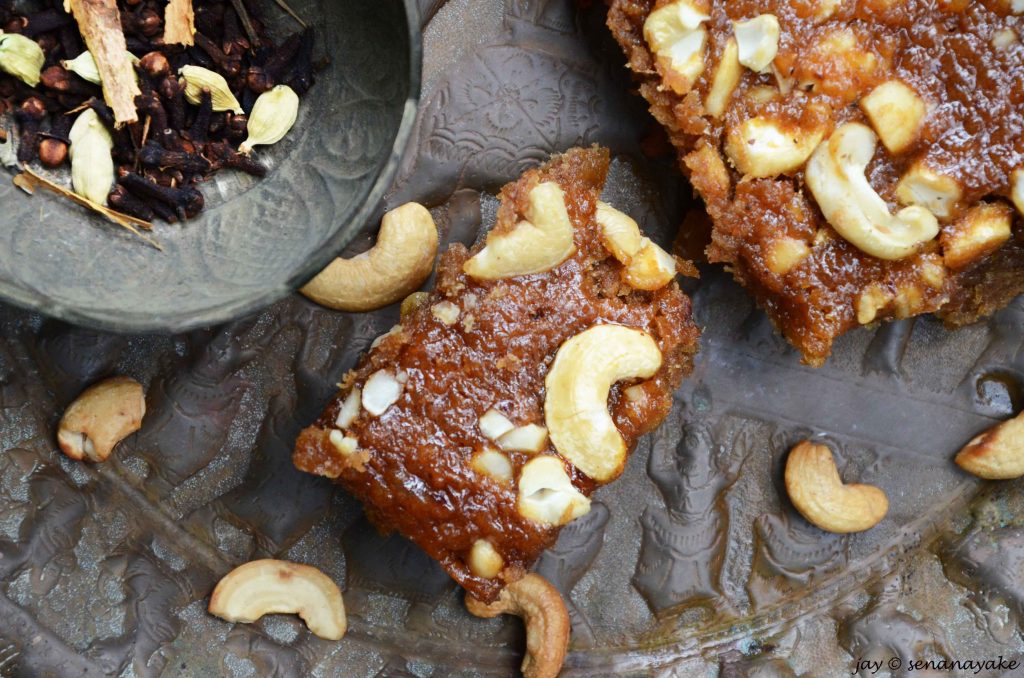First Avrudu out of home. It didn’t really seem like Avrudu, not without Mother’s constant kitchen hustle and bustle and the smell of oil cake cooking at odd hours in the night. A new place that I am yet to call as home, yet I tried my best to make it as homely as possible, my version of home where delicious smells forever perfume the home front. It worked. To a certain extent.
First time ‘visiting home for Avrudu’ as well. This was an alien concept, I’ve always been home for Avrudu. Mother awaited us with a tableful of favourite dishes and familiar flavours that had much been missed, fussing about us constantly while father sat with us discussed home affairs over his usual afternoon cup of tea, just the way I make it. He’s been missing my tea. It was just like the old times.
Before we left , mother summoned me to the kitchen and packed a mighty load of the Avrudu goodies for me to take with me and fussed and grumbled until I took them. It struck me like a lioness nurturing her female cub, all set to venture out to the world, yet her mother would not let her leave hungry. Precious moments. Only mothers and daughters would understand this bond, this unbreakable cord that only stretches but never breaks even when you are pulled apart.
Mother has made my favourite– pani walalu and also something that I have always loved as a child – Bibikkan.
Bibikkan, also known as the Sri Lankan coconut cake, is a rich, dark traditional sweet that has adorned Avrudu tables in the Southern coast for many many years. Nobody knows where the bibikkan came from, but it is presumed that its birth runs back to the era when the Portuguese captured the sunny coasts of the island. Sticky, moist and chewy, this can easily be called the Queen of Sri Lankan cakes with its decadent coconutty goodness soaked in dark, thick kithul treacle, laced with the sensual warmth of exotic spices grown in this exquisite island of tenacious spices and precious gemstones. This cake embodies everything that is Sri Lankan – sweet and balmy yet with a bold and feisty spirit that an adventurer at heart would kill for. Sugar and Spice and everything Nice indeed.
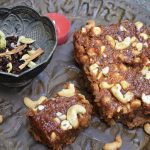
- Yield: 15 pieces
- Prep Time: 30 minutes
- Cook Time: 45 minutes
Bibikkan
Ingredients
- Coconut - 4 cups, grated
- Semolina - 1 ½ cups, roasted
- Flour - ½ cup
- Dates - 1 cup, chopped
- Raisins - 1 cup
- Cashews - 1 cup
- Jaggery - 1 ½ cups, grated
- Sugar - ½ cup
- Melon preserve - 1 cup
- Rind of Lime - 1 grated
- Eggs - 2
- Ginger - 4 tblsps, grated
- Cardamom pods - 8, crushed
- Fennel seeds - 1 tsp
- Rose essence - 1 tsp
- Vanilla - 1 tsp
- Baking powder - ½ tsp
- Salt - A pinch
Instructions
- Roast the cardamom and the fennel seeds over a medium fire until nice and fragrant. Let it cool.
- Crush the seeds in a grinder. Set aside.
- In the same pan, fry the ginger and the lime rinds. Set aside to cool.
- Heat the jaggery in a pan over a low heat until it dissolves. Add the sugar. Simmer over a low heat until the mixture thickens. Add the spices, the lime rind and the ginger. Add the coconut. Cook over a low heat until the water has reduced but the mixture is still wet. Let it cool.
- Once cooled, stir in the semolina, Flour, the melon preserve, the raisins, the cashew, the salt and the baing powder. Add the rose essence and the vanilla essence.
- Separate the egg whites and the egg yolk. Beat in the two egg yolks into the coconut mixture.
- Beat the two egg whites until peaks form. Fold it in carefully.
- Line a baking tray with parchment paper and grease it well. Pour the mixture in and spread it evenly.
- Bake in moderate heat for about 45 minutes. When a skewer inserted in the middle comes out clean, the cake is done!
Dark, rich and moist, the first bite itself is caramelly and chewy. A mouthful of sweet, treacly coconut dotted with creamy cashews is positively heavenly while the spices simply swim their way through the rich gooey mass, fragrancing and bringing to life every single note of this intricate cacophony of flavours. There is a lot to bite into. Plumped up raisins squirt sweet-tart juices when bitten while chunks of juicy melon preserve serenade the taste buds with their serene presence, bringing balance to the entire dish. The roasted semolina is grainy and the treacly runs through it easily, like water thickened with river residue through sand. The salt brings the whole plethora of flavours together, the sweet, the caramel, the spice and the coconut, enhancing, subduing and overall, amplifying.
I know the recipe is a little too late for Avurudu, but really, there should be no special occasion for bibikkan. For us, any time is bibikkan time :)
Baking tips
- Roasting semolina – heat pan on medium heat and scatter the semolina across the pan. Keep moving it around lest it burns. Take off heat once golden brown.
- Use the sticky kind of dates. I’ve found that this works best with this kind of sweets.
- Use good quality kithul jagggery. This yields the best cakes.
- Use young fresh coconut and use only the white part. Don’t grate it too close to the husk as this tends to yield brownish and unpleasant coconut that is somewhat dry.

